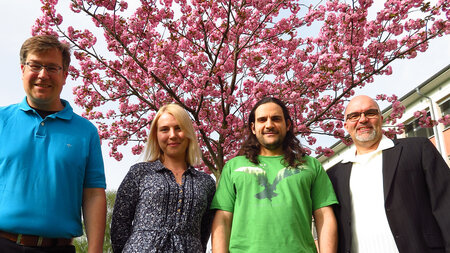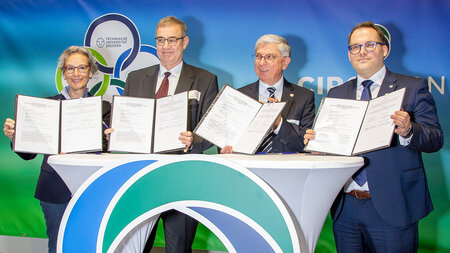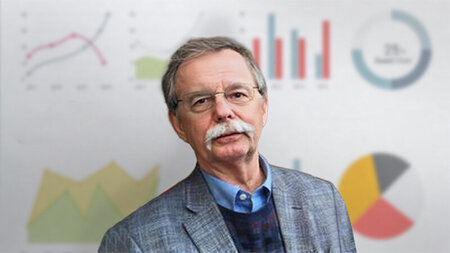Scientific environment
The Center for Microtechnologies is located at the Smart Systems Campus Chemnitz, which is an innovative network with expertise in micro and nano technologies as well as in smart systems integration. This technology park provides renowned scientific and technical centers with entrepreneurial spirit and business acumen and an economic boost at a location where everything is on the spot. A close cooperation of science, applied research and industry is there an everyday reality and reflects a strategy that is being fulfilled.
The partners of the Smart Systems Campus Chemnitz are:
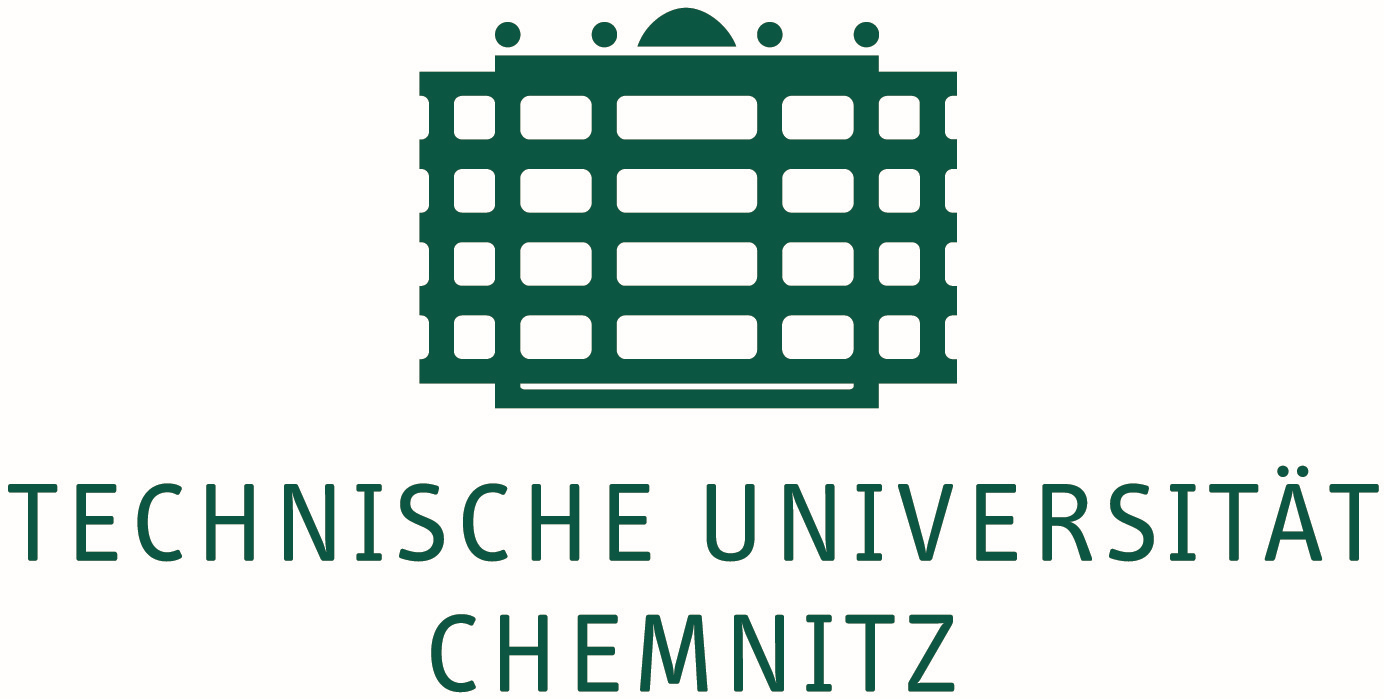 The Technische Universität Chemnitz is the main partner for basic research. The Institute of Physics belongs to the Faculty of Natural Sciences. The research is characterized by an exemplary close intertwining between chemistry and physics. It is reflected particularly in the focused research topics overlapping between both institutes of the faculty. The Institute of Lightweight Structures belongs to the Faculty for Mechanical Engineering. The scientific work is focused on the development and investigation of integrative plastic processing technologies for the resource efficient manufacturing of lightweight structures and systems. The coupled structure and process simulation together with analytical and numerical methods provide important information for optimized structure and process parameters.
The Technische Universität Chemnitz is the main partner for basic research. The Institute of Physics belongs to the Faculty of Natural Sciences. The research is characterized by an exemplary close intertwining between chemistry and physics. It is reflected particularly in the focused research topics overlapping between both institutes of the faculty. The Institute of Lightweight Structures belongs to the Faculty for Mechanical Engineering. The scientific work is focused on the development and investigation of integrative plastic processing technologies for the resource efficient manufacturing of lightweight structures and systems. The coupled structure and process simulation together with analytical and numerical methods provide important information for optimized structure and process parameters.
 The particular strength of the Fraunhofer Institute for Electronic Nano Systems ENAS lies in the development of smart integrated systems for different applications.
The particular strength of the Fraunhofer Institute for Electronic Nano Systems ENAS lies in the development of smart integrated systems for different applications.
The product and service portfolio of Fraunhofer ENAS covers high-precision sensors for industrial applications, sensor and actuator systems with control units and evaluation electronics, printed functionalities like antennas and batteries as well as material and reliability research for micro electronics and micro system technology. The development, the design and the test of MEMS/NEMS, methods and technologies for their encapsulation and integration with electronics as well as metallization and interconnect systems for micro and nano electronics and 3D-integration are especially in the focus of the work. Special attention is paid to security and reliability of components and systems. Application areas are semiconductor industry, medical engineering, mechanical engineering, security sector, automotive industry, logistics as well as aeronautics.
From an organizational point of view Fraunhofer ENAS is subdivided into the departments Multi Device Integration, Micro Materials Center, Printed Functionalities, Back-End of Line, System Packaging, Advanced System Engineering and Administration.
The headquarters of Fraunhofer ENAS is located in Chemnitz. The department Advanced System Engineering is working in Paderborn. The department Micro Materials Center has a project group working in Berlin-Adlershof.
The start-up building for companies related to the sector mentioned before forms an important part of the campus. There is space for approx. 15 start-up companies. In the present time the following companies are working there:
- Berliner Nanotest und Design GmbH (common labs with EUCEMAN, Chemnitzer Werkstoffmechanik GmbH, AMIC Angewandte MicroMesstechnik GmbH, Amitronics GmbH, SEDEMAT GmbH, Clean Technologies Campus GmbH),
- memsfab GmbH, common lab with Leibniz IFW,
- FiberCheck GmbH
- LSE Lightweigth Structure Engineering GmbH,
- Steinbeis GmbH & Co. für Technologietransfer
- BiFlow Systems GmbH.
- SiMetrics GmbH
The campus does not only open doors for young entrepreneurs in the start-up building, but expanding companies can also make use of neighboring space on a business park. Companies can build their own building according to their requirements on an area measuring up to 7 hectares.
The 3D-Micromac AG develops and manufactures highly efficient and innovative machines for laser micro machining.
The microFLEX Center is rent by 3D-Micromac AG and Fraunhofer ENAS as a common research and production line.
The EDC Electronic Design Chemnitz GmbH develops, produces and sells customer and application specific electronic solutions. The building is the newest one. It was finished in 2013.
Networking is our formula for success. The Center for Microtechnologies is working in several national and international networks:
![]() Silicon Saxony e.V. is Europe’s largest trade association for the microelectronic industry. It was founded as a network for the semiconductor, electronic and micro system industry in 2000. The association connects manufacturers, suppliers, service providers, colleges, research institutes and public institutions in the economic location of Saxony. The current number of members has risen to 300. 16 workgroups are working within the network. The work group “Smart Integrated Systems” has been founded 2007. It is leaded by Prof. Thomas Gessner.
Silicon Saxony e.V. is Europe’s largest trade association for the microelectronic industry. It was founded as a network for the semiconductor, electronic and micro system industry in 2000. The association connects manufacturers, suppliers, service providers, colleges, research institutes and public institutions in the economic location of Saxony. The current number of members has risen to 300. 16 workgroups are working within the network. The work group “Smart Integrated Systems” has been founded 2007. It is leaded by Prof. Thomas Gessner.
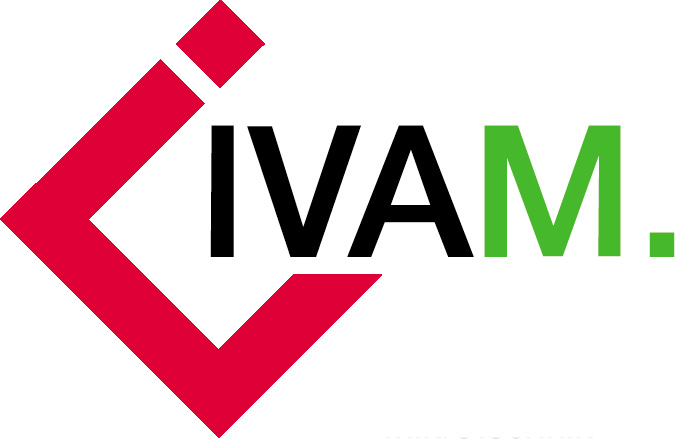 As international association of companies and institutes in the field of micro technology, nano technology and advanced materials, IVAM’s priorities are to create competitive advantages for members. Member companies and institutes open up new markets and set standards with the support of IVAM. The Center for Microtechnologies is a member of the IVAM network since 2005. Within 2007 Prof. Gessner became a member of IVAM Advisory Council. The IVAM Advisory Council helps impulses from application oriented science to be integrated into the work of the association. Apart from their consul-ting function, the members of the IVAM Advisory Council also represent IVAM in public.
As international association of companies and institutes in the field of micro technology, nano technology and advanced materials, IVAM’s priorities are to create competitive advantages for members. Member companies and institutes open up new markets and set standards with the support of IVAM. The Center for Microtechnologies is a member of the IVAM network since 2005. Within 2007 Prof. Gessner became a member of IVAM Advisory Council. The IVAM Advisory Council helps impulses from application oriented science to be integrated into the work of the association. Apart from their consul-ting function, the members of the IVAM Advisory Council also represent IVAM in public.
 The Center of Competence “Ultrathin Functional Films” (CC-UFF) is coordinated by Fraunhofer IWS Dresden. It joins 51 enterprises, 10 university institutes, 22 research institutes, and 5 corporations into a common network. Activities within the frame of Nano-CC-UFF are subdivided into 6 working groups, each of them is administered and coordinated by one member:
The Center of Competence “Ultrathin Functional Films” (CC-UFF) is coordinated by Fraunhofer IWS Dresden. It joins 51 enterprises, 10 university institutes, 22 research institutes, and 5 corporations into a common network. Activities within the frame of Nano-CC-UFF are subdivided into 6 working groups, each of them is administered and coordinated by one member:
- WG 1: Advanced CMOS,
- WG 2: Novel components,
- WG 3: Biomolecular films for medical and technological purposes,
- WG 4: Mechanical and protective film applications,
- WG 5: Ultrathin films for optics and photonics,
- WG 6: Nano-size actuators and sensors.
Working group 1 was headed by Prof. Thomas Gessner and working group 2 by Prof. Christian Radehaus (former member of the board of directors of the Center for Microtechnologies at Technische Universität Chemnitz).



